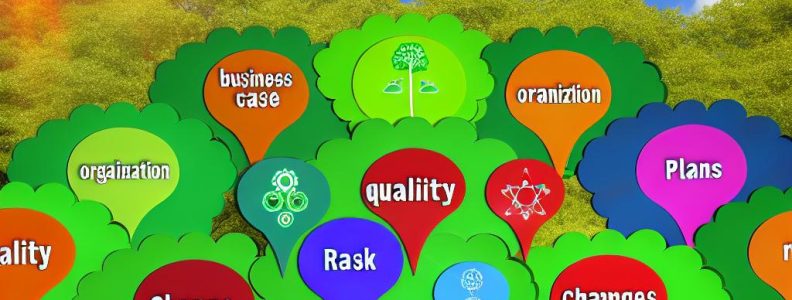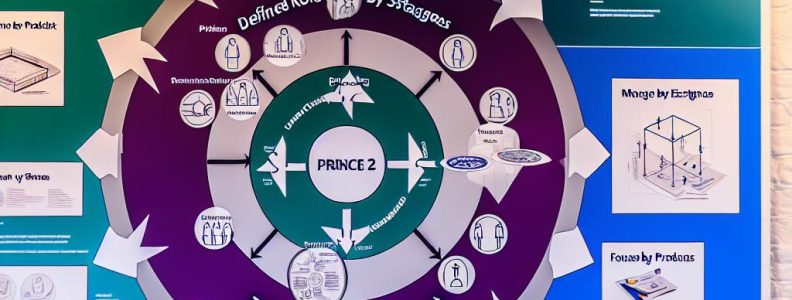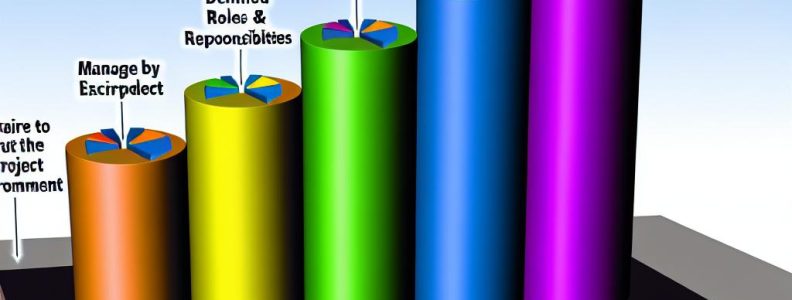The Seven Processes of PRINCE2
PRINCE2, an acronym for Projects IN Controlled Environments, is a structured approach to project management. It provides a framework of practices and processes designed to help manage projects successfully. The essence of PRINCE2 lies in its seven processes, each crafted to guide managers in keeping control of a project right from the initiation through to its completion. Let’s explore each of these processes in detail and see how they function to facilitate effective project management.
Starting Up a Project
The first process, Starting Up a Project, is pivotal as it establishes the foundation necessary for the project’s success. In this nascent stage, all essential groundwork is laid to ensure a robust initiation. This involves the assignment of the project management team and the formation of a project brief. The project brief serves as a key document outlining the scope, objectives, and other rudimentary details of the project. Additionally, the gathering of foundational information facilitates making informed decisions about advancing to the subsequent phase. The emphasis here is on ensuring that all preconditions for success are met before substantial resources are committed.
Directing a Project
In the Directing a Project process, the focus is on governance and oversight from start to finish. This process empowers the project board to exercise its authority effectively, making strategic decisions to maintain alignment with the project’s objectives. Decision-making includes assessing continued justification for the business objectives and ensuring adherence to organizational standards. The project board’s oversight ensures that any changes in direction are well-justified, thus maintaining the project’s viability throughout its duration.
Initiating a Project
During the Initiating a Project phase, the emphasis shifts to planning in detail. A comprehensive Project Initiation Document (PID) is developed. This document serves as a cornerstone of the project, encapsulating the project plan, risk management strategies, and quality expectations. By having these elements clearly documented, stakeholder understanding and consensus on the project’s objectives and resource needs are ensured. The PID serves as a guiding beacon for the subsequent execution of the project.
Controlling a Stage
The fourth process, Controlling a Stage, is about ongoing management of the project stage by stage. Here, project managers take an active role in monitoring day-to-day activities. This involves handling risks and issues as they arise, ensuring that the project adheres to its plan. Stage boundaries are managed keenly to prevent deviations from the intended course. Maintaining the project’s momentum is critical at this juncture, as it ensures the timely achievement of outputs without straying from strategic objectives.
Managing Product Delivery
Managing Product Delivery focuses on coordinating with team managers to ensure that project deliverables meet predefined quality standards and deadlines. Effective communication between the project manager and team managers ensures that each work package is completed according to the plan. This process safeguards efficiency and prevents delays, ensuring timely delivery of outputs as specified in the project agreement.
Managing a Stage Boundary
In the Managing a Stage Boundary process, emphasis is placed on providing the project board with key insights into the success of the current stage. Detailed planning for the next stage is also essential at this point. This process involves reporting on the progress of the current phase and making necessary updates to the project plan and business rationale. The feedback loop established here ensures that the project goals remain aligned with the broader organizational vision, and that any necessary adjustments are addressed promptly.
Closing a Project
The final process, Closing a Project, ensures a systematic conclusion of the project. This involves the formal release of project resources and conducting thorough evaluations to measure success against predetermined criteria. An essential component of this phase is the documentation of lessons learned, capturing valuable insights and experiences that can be used to improve future projects. This formal closure allows for a clear transition from project completion to operational implementation.
Conclusion
A comprehensive understanding of the seven processes of PRINCE2 significantly enhances the structure and efficiency of project management endeavors. Following these processes ensures that projects are executed within time, scope, and business alignments. They act as a robust framework, helping project managers stay focused and in control throughout the project life cycle. For those looking to delve deeper, PRINCE2 offers a variety of professional resources that provide in-depth guides and certifications, further enriching one’s capability in managing projects efficiently within structured parameters.










